Learn how to bake with yeast so that you will feel confident making any recipe with yeast in it!
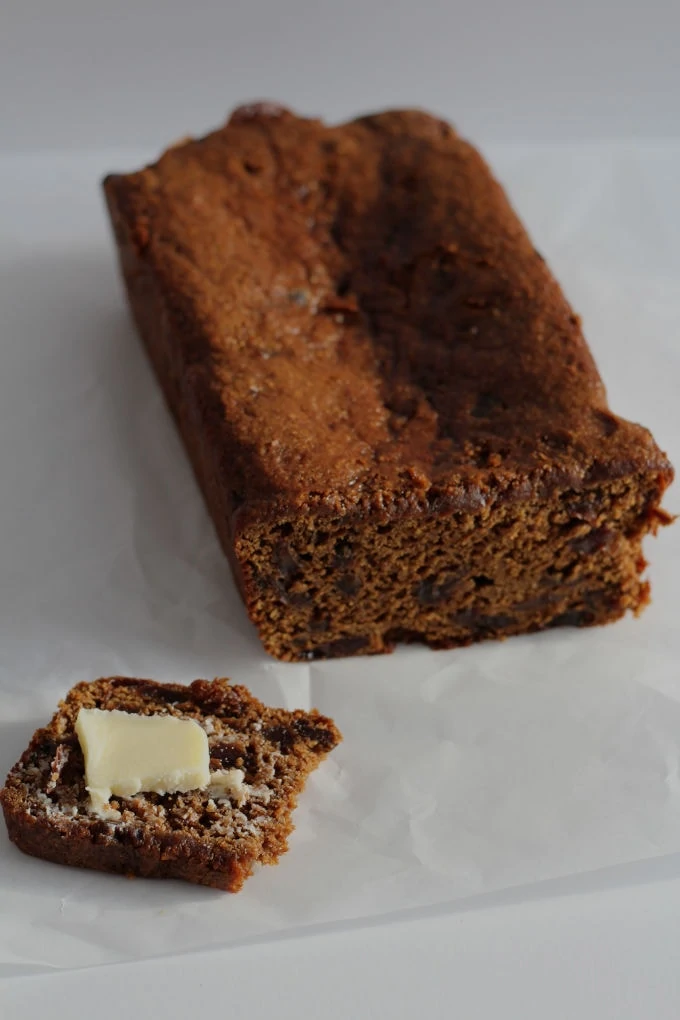
Want to Save This Recipe?
Enter your email & I'll send it to your inbox. Plus, get great new recipes from me every week!
By submitting this form, you consent to receive emails from Nina Kneads to Bake.
Before we delve into our first recipe for Nina's Bread Month, let's take a moment and learn a bit about the most important ingredient of bread making - yeast!
What is Baking Yeast?
Baking yeast is a type of leavening agent used in breads. It comes in many forms, but for this post, we will be focusing on dry yeast as it is more commonly used.
There are a few different types of dry yeast. Active Dry Yeast, Instant Yeast and Quick-Rise Yeast. I have baked with each of these different types of yeast. They can all be used interchangeably in a recipe, it just matters which one you prefer.
Active Dry Yeast
This is the only one of the dry yeasts that requires to be proofed in a warm liquid before adding in any of the other ingredients. Active dry yeast cells are larger and function slower than the other types of dry yeast.
Instant Yeast
Instant Yeast is milled smaller than active dry yeast, and because of that, it activates quicker. It does not need to be proofed like active dry yeast and can be mixed into the dry ingredients with the same result.
Quick-Rise Yeast
Quick-Rise Yeast is also milled smaller so it does not require proofing. It also contains other additives and enzymes that makes the dough rise faster.
How do I not kill the yeast?
Most people kill yeast by adding in too hot of a liquid. Yeast is very temperamental to temperature. If it is too cold, it will slow activity down, and if it is too hot, yeast begins to die.
Ideally the liquid should be a temperature between 100°F and 105°F. If you don't have a candy thermometer, you want the temperature to be slightly warmer than body temperature.
Measure your flour correctly
Most home bakers measure flour inaccurately. It is very important that the exact amount of flour goes into a recipe each time you make it. The best way to do that is by using a scale and weighing it. Scooping out a cup of flour with a measuring cup can pack the flour into the cup which can result in too much flour. One cup of all purpose flour measures 125g. When a cup is scooped out of a bag, it can measure anywhere up to 150g!
Kneading
I like to use my stand mixer with the dough hook attachment to knead, however many people enjoy kneading by hand. If you knead by hand, you want to be very mindful about adding too much flour as you knead.
If using a stand mixer, you will know when the dough has been kneaded enough when the dough has come together in a solid mass and has cleaned the side of the bowl. Take the dough out of the mixer and knead by hand for 30 seconds to create a nice smooth ball. Then we are ready for our first rise!
Rising
For the first rise, place your kneaded dough into a large greased bowl, cover with plastic wrap and place in a warm environment. You want the dough to double in size which should take approximately one hour.
When the dough has doubled in size, you need to punch the dough down and shape. The dough will need a second rise to poof back up and be ready to be baked in the oven.
How do I know when the bread is done baking?
You will know when your bread has finished baking because it will be a nice golden colour. Also, if you tap the bottom of the bread, it should have a hollow sound.
I hope this has answered many questions and it has given some confidence to start baking with yeast. Check back later this week for our first bread recipe - dinner rolls!
Enjoy,

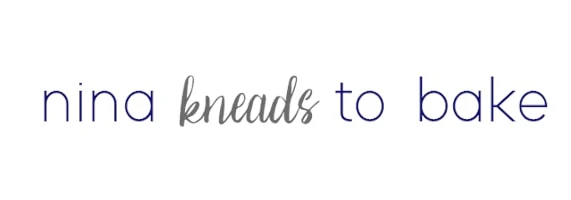

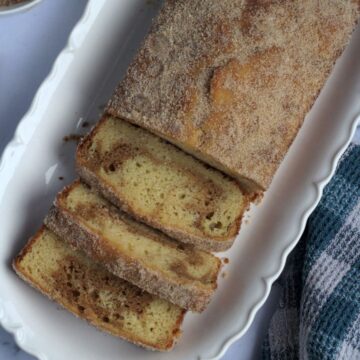
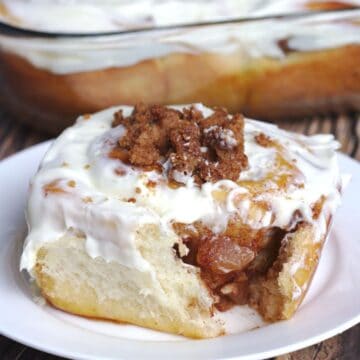
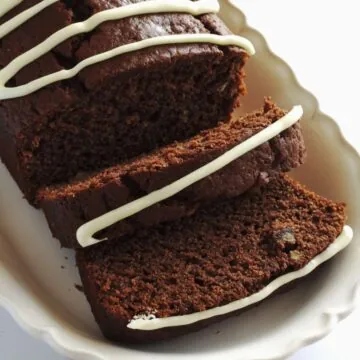
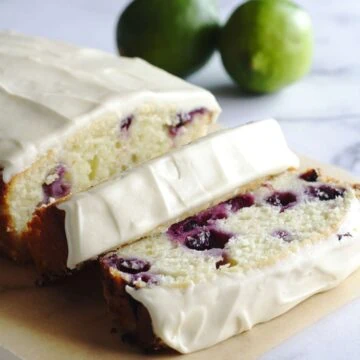
Did you try this recipe? Comment below to let me know ☺️